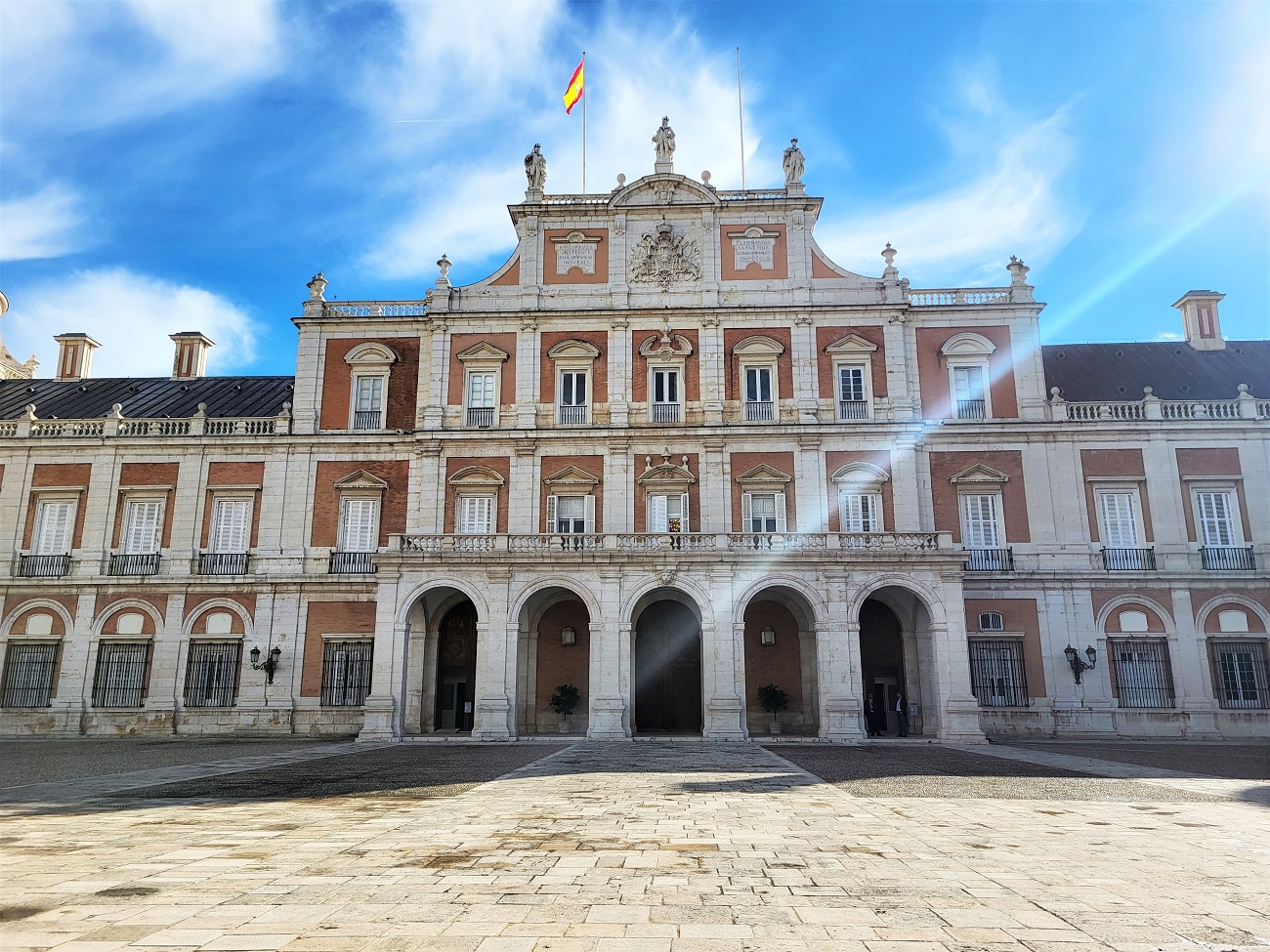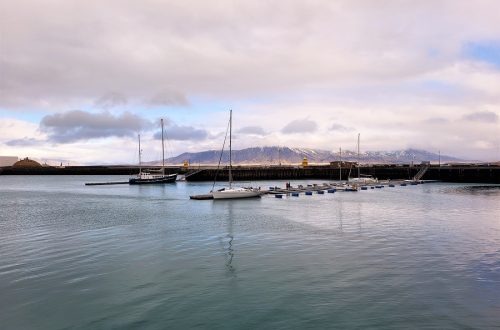Hip, friendly Porto is a foodie’s paradise boasting pretty tile-clad buildings, superb cafés and restaurants, and lots of interesting sights.
Having spent four days exploring the hilly Portuguese city’s maze of narrow streets and sampling its gastronomic delights, it seemed the perfect place to add to my growing list of travel guides.
Without further ado, here’s my mini travel guide to Porto…
Glorious churches, cathedrals and monasteries
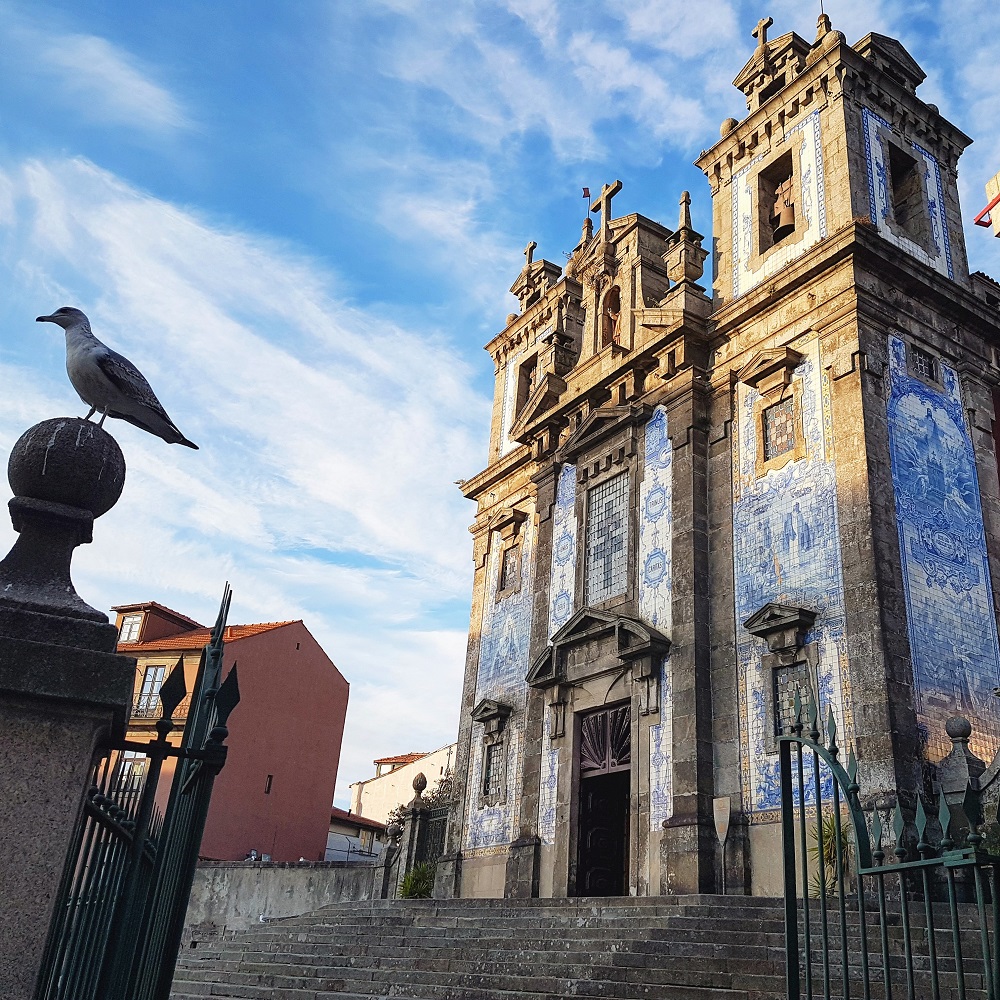
From the Capela das Almas (Chapel of Souls) to the Igreja de Santo Ildefonso (above), many of Porto’s most memorable buildings are the glorious churches covered in the region’s distinctive blue and white azulejos (tiles).
I hadn’t been as keen to visit so many churches in one European city since my trip to Naples.
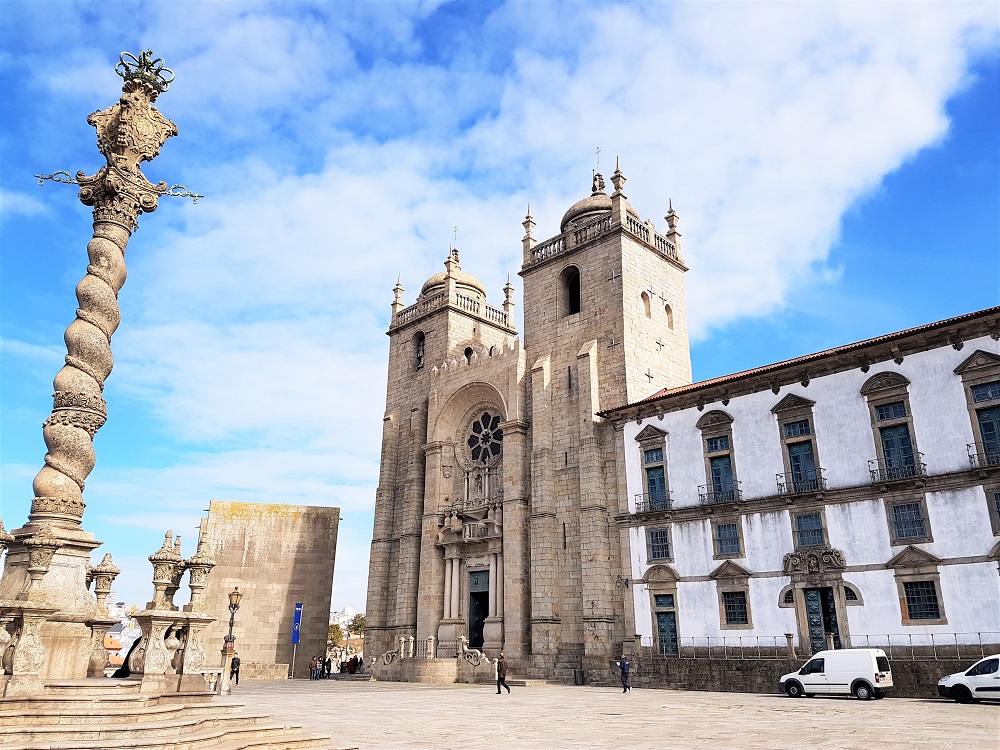
Other notable ecclesiastical buildings include the elegant Sé Catedral do Porto (above), with its picture-perfect tile-clad cloisters.
And the unmissable Igreja de S?o Francisco and its jaw-droppingly beautiful gilt wooden interior. Photos aren’t allowed inside, which is probably a good thing as it has to be seen to be believed.
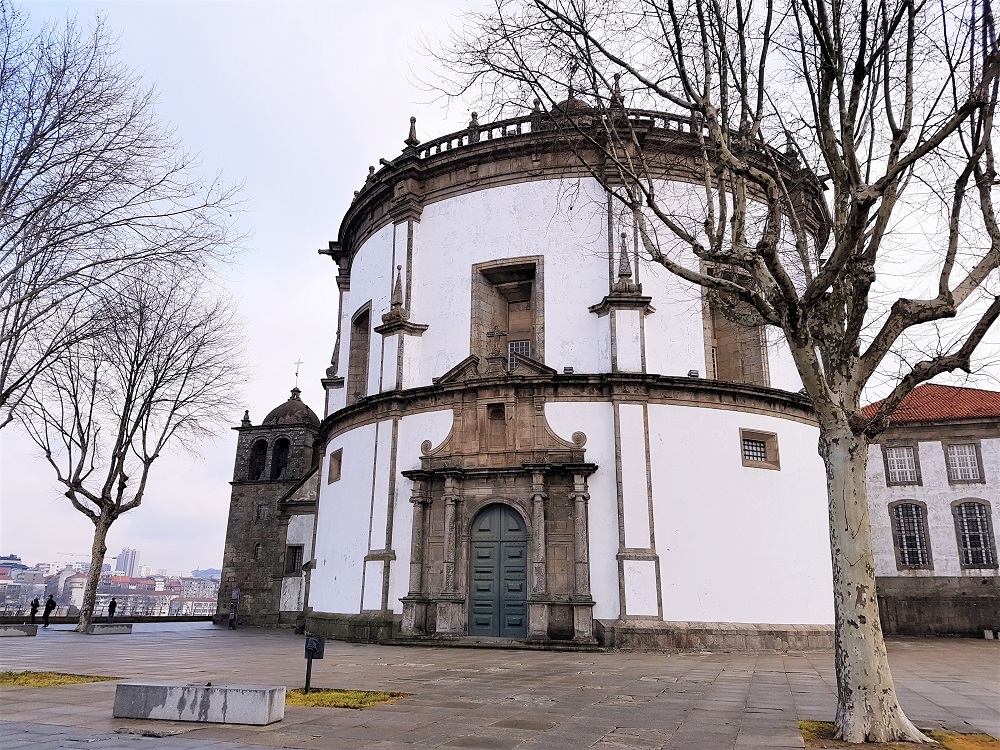
Porto’s places of worship also offer some of the best views in the city. Head up Porto’s tallest building, the Torre dos Clérigos (Clérigos Tower), to see the city centre from on high or cross the Douro River to the intriguing Mosteiro da Serra do Pilar (above).
There you can join a guided tour, which will take you up onto the roof of the hilltop monastery’s chapel to enjoy unbeatable views over Porto and the Douro.
The prettiest bookshop in the world?
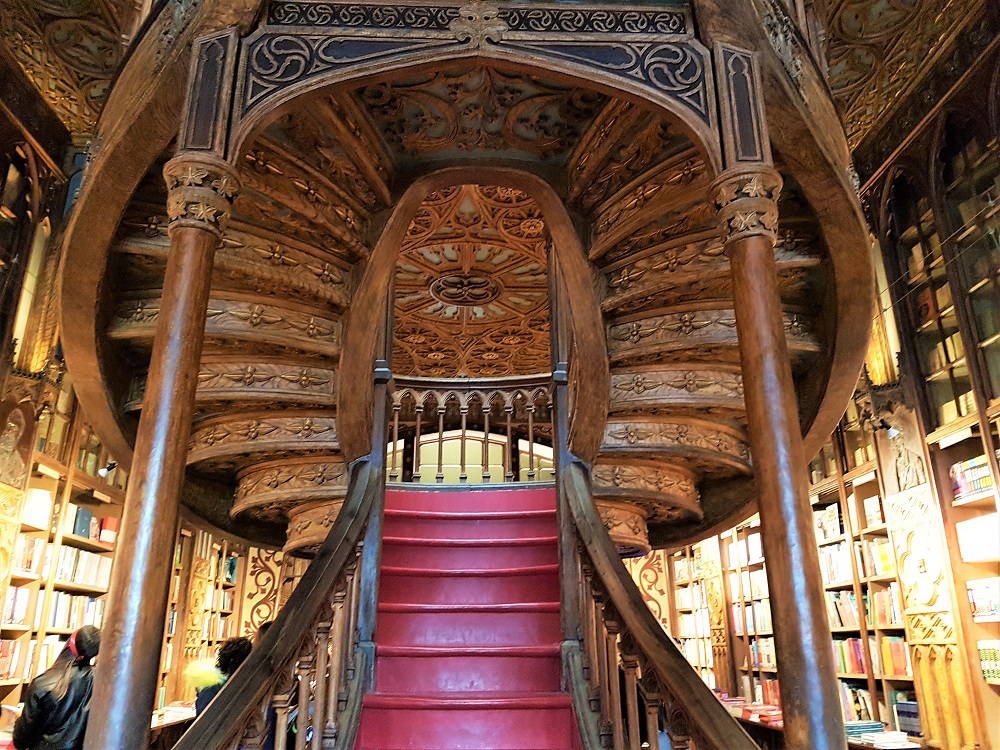
The unique Livraria Lello bookshop was said to be a favourite of author JK Rowling when she lived in the city and is rumoured to have been one of the many inspirations for her Harry Potter series.
The bookshop, which boasts a distinctive staircase (above), wouldn’t look out of place in Diagon Alley and is so popular with visitors, you need to buy a ticket from a nearby shop to go in. Buy a book inside and your ticket price will be taken off your bill.
Magnificent museums
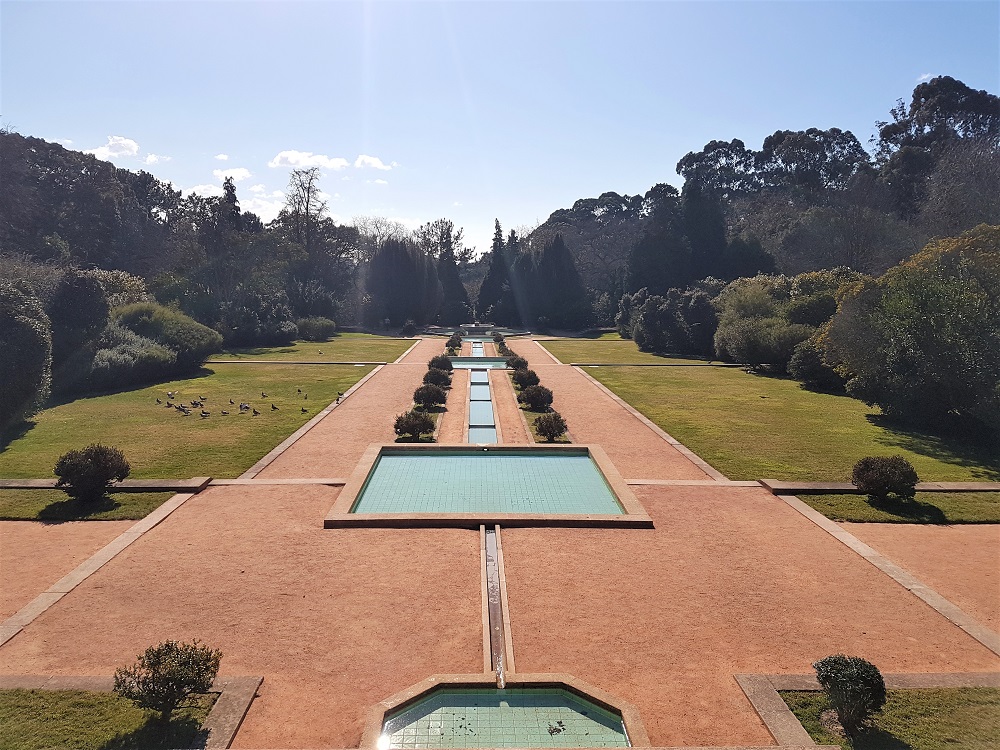
The brilliant Casa de Serralves contemporary art museum is a bit of a trek from the city centre, but well worth the effort.
The modern art gallery is set in enormous grounds (above) and you can easily spend two to three hours exploring the gardens and its many artworks.
It’s also the site of Serralves Villa, a glorious pink art deco mansion that’s said to be the finest example of art deco architecture in Portugal (below).
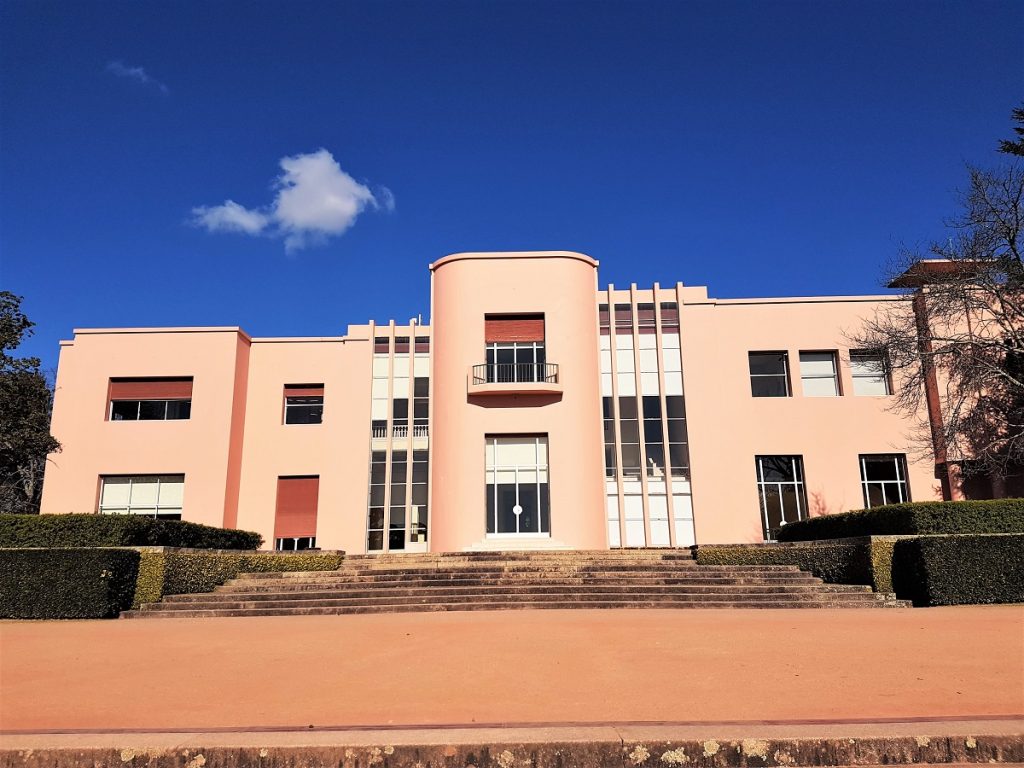
If modern art isn’t your cup of tea, the city is home to a number of other museums, including the country’s oldest public museum, the Museu Nacional de Soares dos Reis, which houses numerous works of art.
There’s also a tram museum, the Museu do Carro Eléctrico, and a museum dedicated to port wine, the Museu do Vinho do Porto.
Take a boat ride
Sitting at the mouth of the Douro River, Porto’s proximity to the Atlantic coast has played an important role in its history.
While the vineyards downriver produced the celebrated port wines the city is famous for, its connection to the Atlantic Ocean meant it was the perfect location from which to ship those wines all over the world.
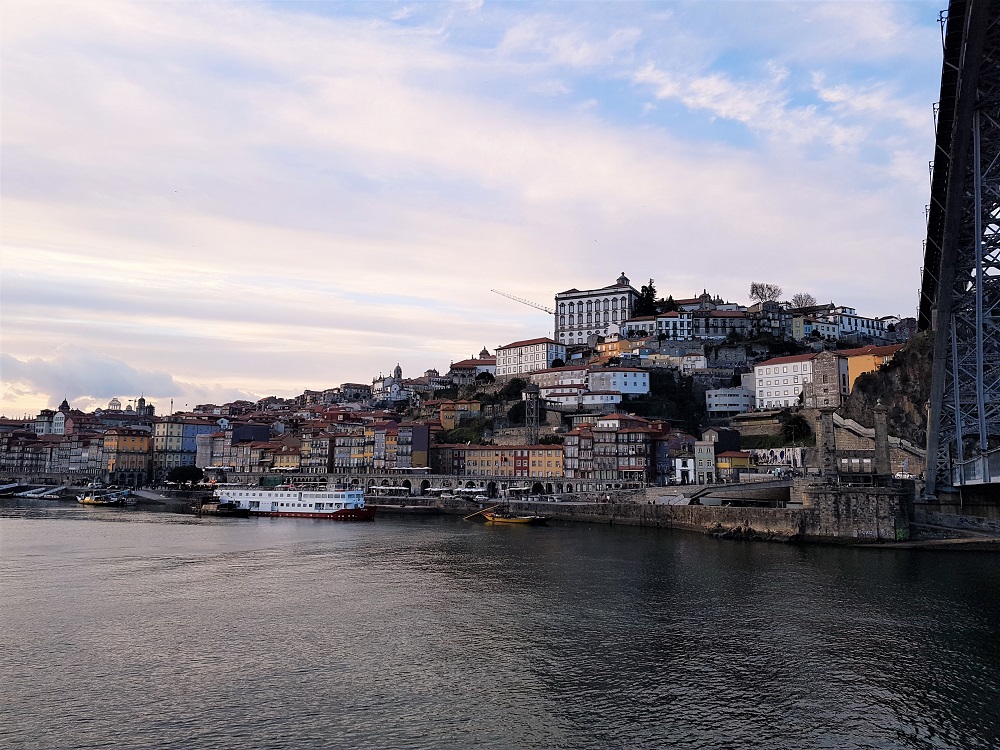
Six bridges connect Porto to the neighbouring city of Vila Nova de Gaia, on the other side of the Douro – the most famous and recognisable of which is the Dom Luís I Bridge, designed by a protégé of Gustave Eiffel.
Take a relaxing 45-minute boat ride along the Douro to see the city from the river and find out more about the city’s maritime past.
Tour a port house
You can’t visit Porto and not spend a little time learning about its most famous export, port.
While there are plenty of bars and restaurants serving the region’s distinctive tipple, the best place to sample it – and learn all about it – is by touring one of the many port cellars in Vila Nova de Gaia.
Signs advertising well-known port merchants, such as Graham’s, Cockburn’s and Sandeman, dot the hillside overlooking the Douro.
I spent a fascinating and informative couple of hours on a self-guided tour of Taylor’s port cellars, where I explored the cask room (above) and learned a ton about port, how it’s made, the different varieties, special vintages and decanting. The tour ended, very happily, in the tasting room.
Striking street art

The warren of streets that lead off from the Douro in Porto and Vila Nova de Gaia are home to some amazing examples of street art.
One of my favourites (and perhaps the most ingenious piece we stumbled across) was this rabbit on the corner of a building in Vila Nova de Gaia made out of bits of scrap (above).
Head to the coast
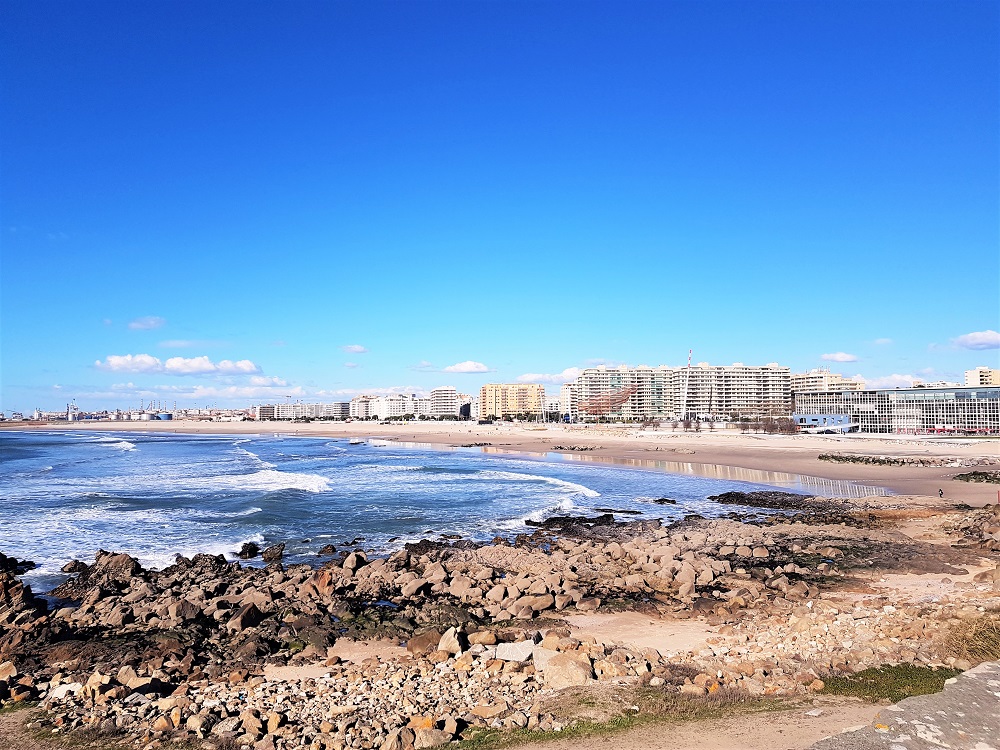
With its coastal location, Porto is home to some inviting beaches and it’s worth venturing a little further afield to see a different side to the city.
I spent a few hours in the Nevogilde district (above), where I popped inside the peculiar Forte de S?o Francisco Xavier.
Nicknamed the Castle of Cheese because of the wedge shaped rock it sits upon, its roof is a worth a visit for the superb views over the Atlantic (the fort is also home to a slightly creepy military museum).
Eat, drink and be very merry
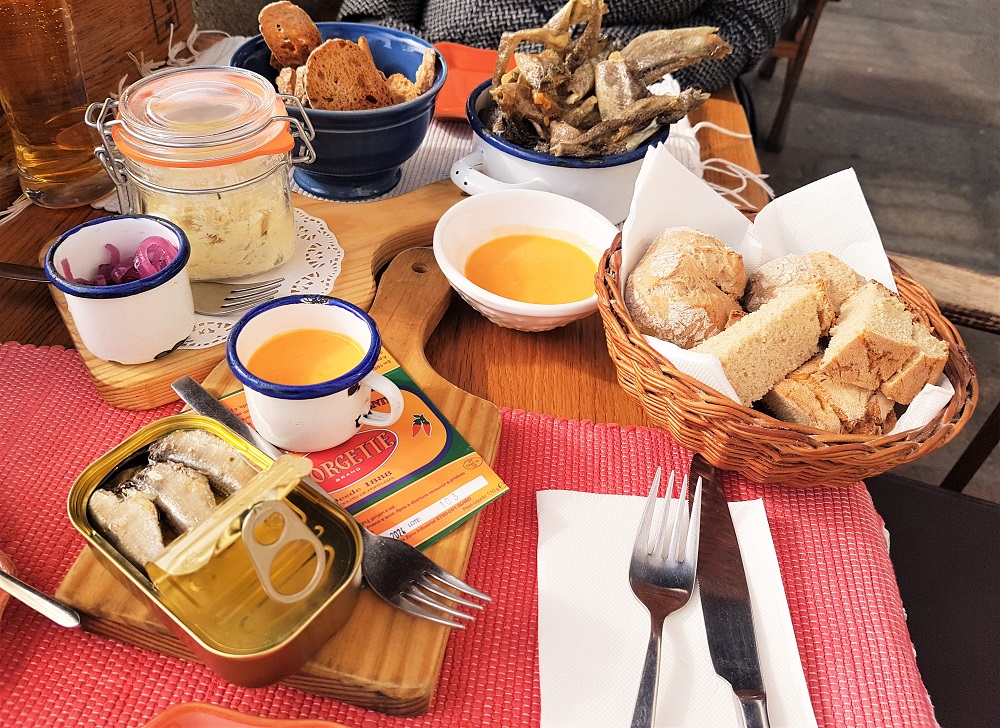
If there’s one place you can eat, drink and be merry ’til your heart’s content, it’s Porto. The city is blessed with countless cafés, bars and restaurants serving excellent fare.
My top restaurant picks include the exquisite Tapabento and the fabulous Bacalhau (above).
Expect to find lots of tinned sardines, pastel de nata and port. The city’s most famous dish is the francesinha, a hefty, calorific sandwich of ham, steak and sausage smothered in a tomato and beer sauce, and topped with melted cheese.
For a tasty miniature version head to The Wine Box, a wine bar-cum-restaurant that sells some 450 different wines.
Have your say
Have you been to Porto? If so, what did you think and where did you go? Share your views in the comments below – I’d love to know what you thought.


